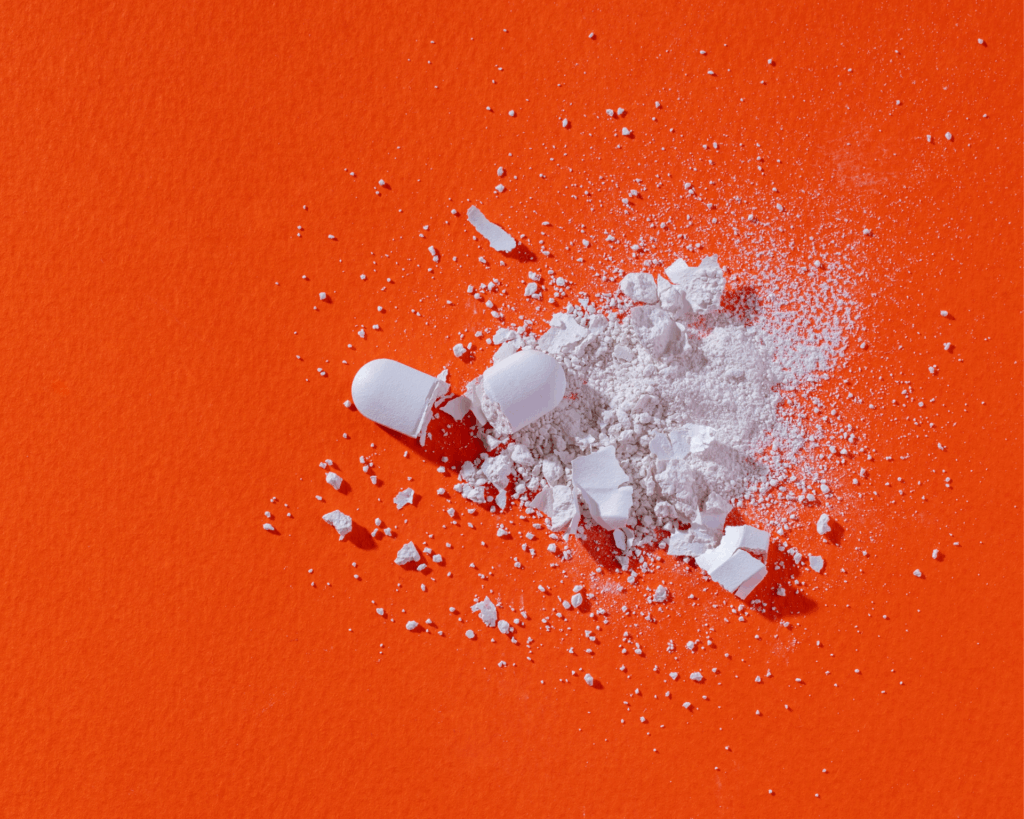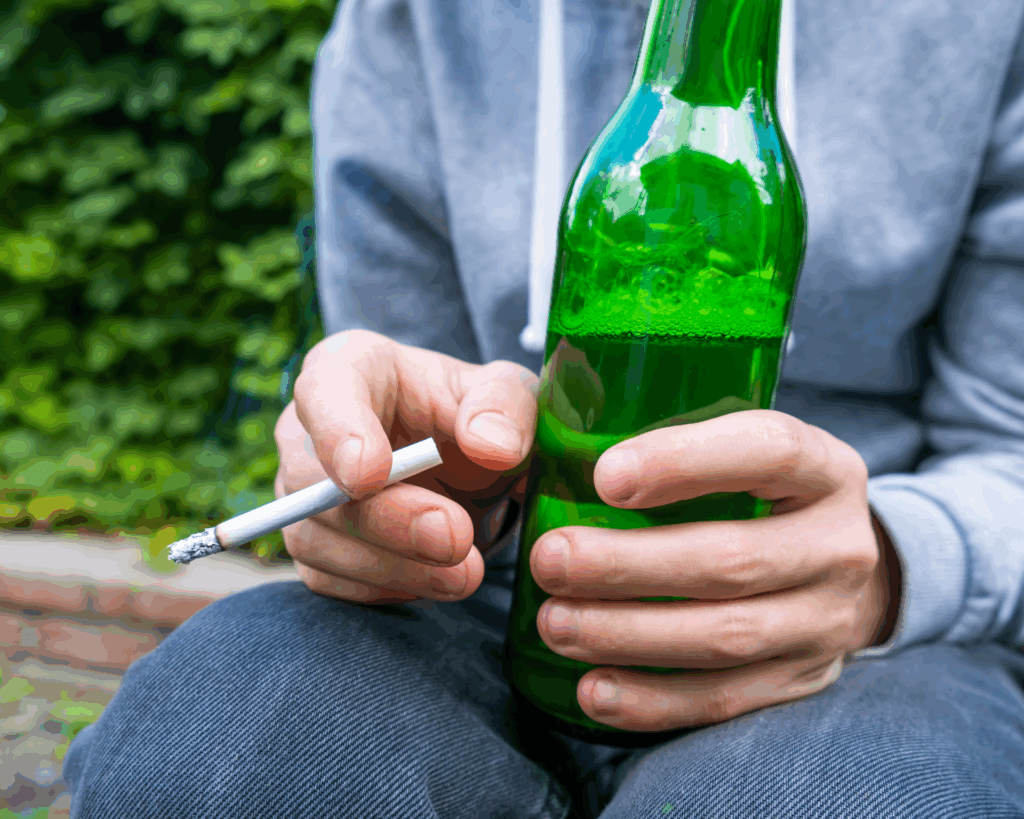Undercounting Heroin
Heroin lasts in the human body for just a few minutes before being converted into morphine and other compounds. This complicates the task of a medical examiner trying to identify the substance that caused an overdose death.

Read Time: 3 minutes
Published:
Heroin lasts in the human body for just a few minutes before being converted into morphine and other compounds. The drug’s short half-life may be one reason why it is so addictive. It also complicates the task of a medical examiner or coroner trying to identify the substance that caused an overdose death. A death from heroin may be labeled as “morphine intoxication,” “narcotic intoxication,” or “drug overdose” without any specific mention of the real culprit.
How often does heroin escape mention in death certificates for overdose? We (with colleagues) conducted a study using data from Maryland to find out.
From 2012 to 2015, death certificates in Maryland noted heroin in 1130 cases of overdose. Using a protocol of enhanced surveillance, the Department of Health and Mental Hygiene assessed for heroin in a different way. Reviewing the toxicology results and the death scene records, the Department (where we worked) counted a death as heroin-related if at least one of the following criteria were met:
- Heroin was listed in the cause of death section of the death certificate;
- Toxicology screen showed a positive result for 6-monacetylmorphine, a metabolite of heroin;
- Toxicology screen showed positive results for quinine in combination with either morphine or free morphine; or
- Scene investigation notes suggested that heroin was likely to have been involved in the death.
We found 2,182 cases of heroin-related overdose, nearly double the original number. Our finding, which is consistent with other research, suggests heroin may be undercounted as a cause of opioid overdose. It is known that the epidemic of opioid overdoses in the United States began to shift around 2010 from prescription drugs to illicit drugs. Our results suggest this shift might have been more abrupt and significant than recognized to date.
We found 2,182 cases of heroin-related overdose, nearly double the original number.
Appreciating the magnitude of this shift is important for the response to the opioid epidemic. When the goal is reducing overdoses from prescription drugs (regardless of whether the pills find their way to illegal markets), then work tends to focus on changing clinician prescribing behavior. The federal government and states spend substantial resources on prescription drug monitoring programs and educational efforts to facilitate judicious prescribing.
However, when the goal is reducing deaths from heroin and other illicit opioids (such as illicitly manufactured fentanyl), then policymakers should do much more. They should expand rapid access to effective treatment for opioid use disorder with the medications methadone, buprenorphine, and depot naltrexone in emergency departments, jails and prisons, and primary care. They should also expand harm reduction and engagement programs such as naloxone distribution, syringe exchange, and fentanyl checking. These efforts help people who use illicit drugs to reduce their risk of a fatal overdose and provide opportunities to connect them to effective treatment and to begin the process of recovery.
The opioid epidemic in the United States involves much more than prescription drugs. Higher quality data on what is driving the increase in overdoses can improve public understanding of our national crisis and shine a light on what is needed to be done.
Feature image Barry Robinson/iStock




